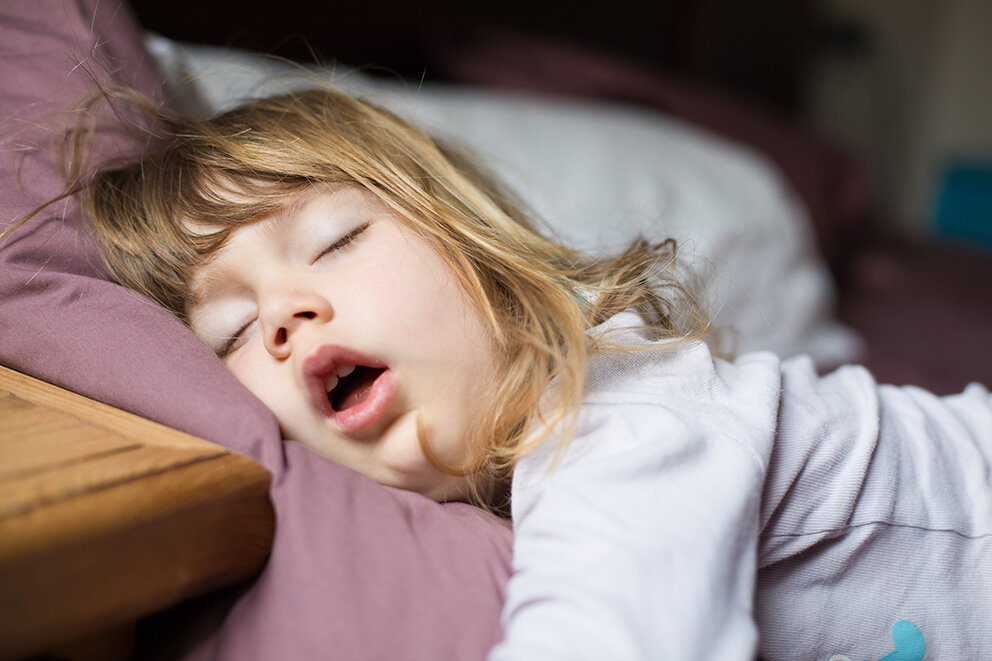Paediatric Snoring & Obstructive Sleep Apnoea (OSA)
What is paediatric snoring & Obstructive Sleep Apnoea (OSA)?
Snoring & Obstructive Sleep Apnoea (OSA) is a common condition in children. Snoring is not usual and should be investigated further. Snoring may simply be a bothersome noise made during sleep but it could also be a sign of OSA.
What are the symptoms of Obstructive Sleep Apnoea (OSA) in children?
OSA occurs when airflow is interrupted during sleep due to obstruction at the nose, palate/tonsil or tongue level. The obstruction results in reduced inhaled oxygen that can cause poor quality sleep, daytime tiredness & irritability, poor concentration and reduced school performance.
At night, patients can be observed to be mouth breathing and having prolonged pauses in their breathing (apnoeas). Children can also be very restless during their sleep and have associated bedwetting.
How do you treat OSA in children?
OSA is diagnosed with a focussed history and examination looking for nasal obstruction, large adenoids and tonsils, long palate and bulky tongue. Patients often require a camera assessment of their airway (nasendoscopy) and may need a sleep study to determine the severity of the obstruction.
What does surgery/treatment involve?
In children, removal of adenoids & tonsils (adenoidectomy & tonsillectomy) is often the most effective way to address the problem. Occasionally surgery in the nose is needed to make the internal nasal airway larger (turbinoplasty).
Although low risk, all potential risks and complications will be discussed in detail before proceeding with any operation.

